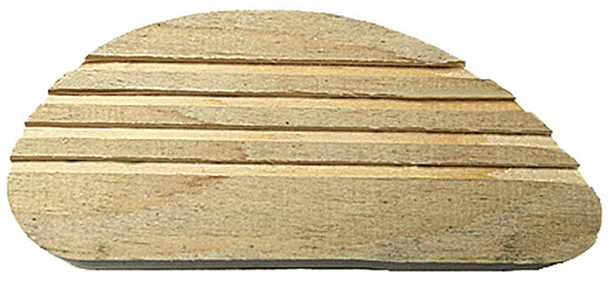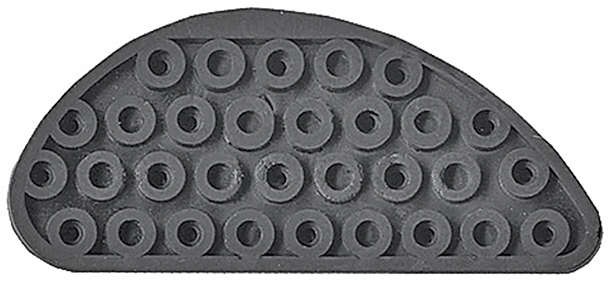Similar to how humans use crutches to limit the use of an injured foot in order to heal, cows rely on a similar approach called blocking to allow abscesses, claw injuries or other conditions to heal. Blocks are applied to a cow’s healthy claw to elevate the injured one off the ground so that it can heal and avoid lameness.
The dairy industry has adopted this treatment option to help maintain production, avoid downtime and save money as lame cows can be costly to the industry. When cows become lame and go untreated, they do not produce as much milk. Worse, the condition can escalate to the point that cows can’t walk, stopping milk production altogether.
Cows on dairy farms can get many different infections or conditions in their claws. Some of these include white-line disease, ulcers, abscesses, fractures, thin soles, injuries and more. To detect or prevent some of these conditions, it’s important that a hoof care professional checks and trims the cow’s claws regularly in order to maintain healthy claws.
If a cow becomes lame, it’s important to decipher what caused it in order to treat the condition properly. Blocking, however, can help regardless of the injury or condition to keep business moving. Because blocking will elevate the injured claw off the ground, it will heal faster and alleviate pain. This makes the cow more comfortable and, therefore, allows farms to maintain optimal production.
Hoof care professionals should consider the following:
- Both rubber (Photo 1) and wooden (Photo 2) blocks can be utilized on cows.
 Wooden blocks eventually fall off claws naturally, thus eliminating the need to go back to each cow to remove them.
Wooden blocks eventually fall off claws naturally, thus eliminating the need to go back to each cow to remove them.  Rubber blocks are softer and can be a good alternative for cows with thin soles or sensitive feet and have to be removed once an injury heals.
Rubber blocks are softer and can be a good alternative for cows with thin soles or sensitive feet and have to be removed once an injury heals.
- Depending on the cow’s sole thickness, there are different adhesives that can be used to adhere the blocks on the claws to increase the cow’s comfort level. There are different polyurethane adhesives that can be used to bond wood or rubber blocks to cow claws.
- Check and trim the herd’s claws on a regular basis to ensure that the length is healthy and there are no symptoms of potential conditions or injuries.
The feet and claws support a cow’s entire bodyweight. With this in mind, it’s important that their claws are treated and maintained to produce optimal output for a farm.
As humans need to heal a broken bone by relieving the injured foot from any weight-bearing activity, cows need the same treatment with blocking to heal and stay healthy.
Lameness affects more than a cow’s ability to walk; it affects overall health and the business outcomes for the dairy industry. With today’s blocking and adhesive materials, hoof care professionals can help cows and dairy businesses maintain healthy claws and productive lactations. PD
PHOTO 1: Wooden block
PHOTO 2: Rubber block. Photos provided by Vettec.
Tab Pigg is a certified journeyman farrier and central regional sales manager with Vettec Hoof Care Products.





